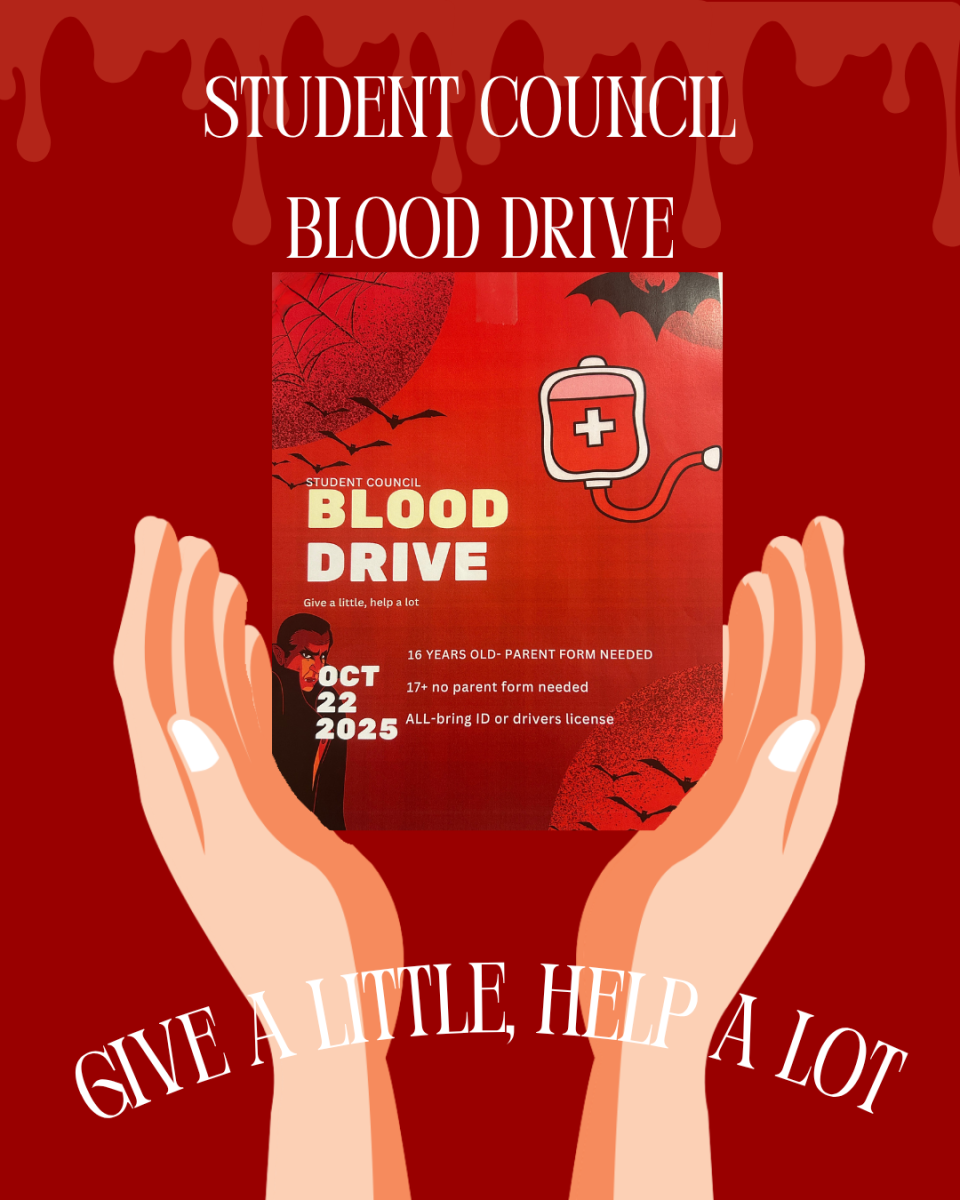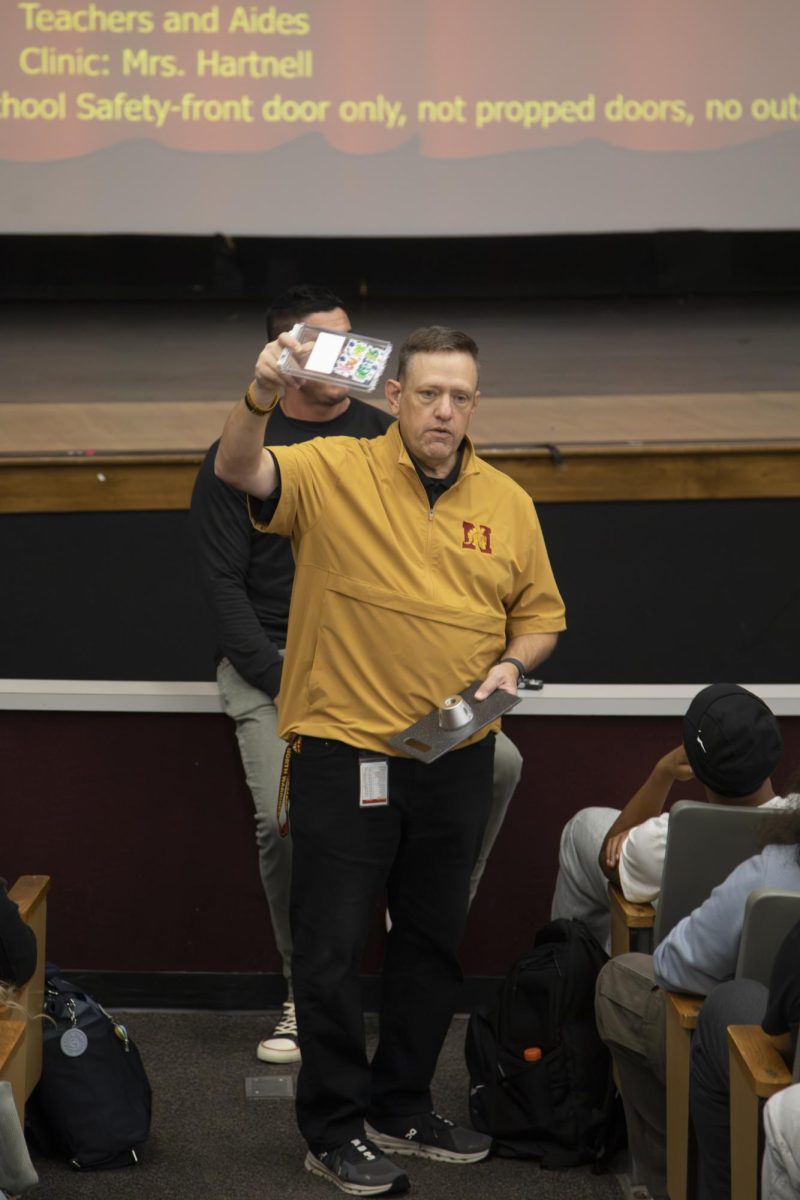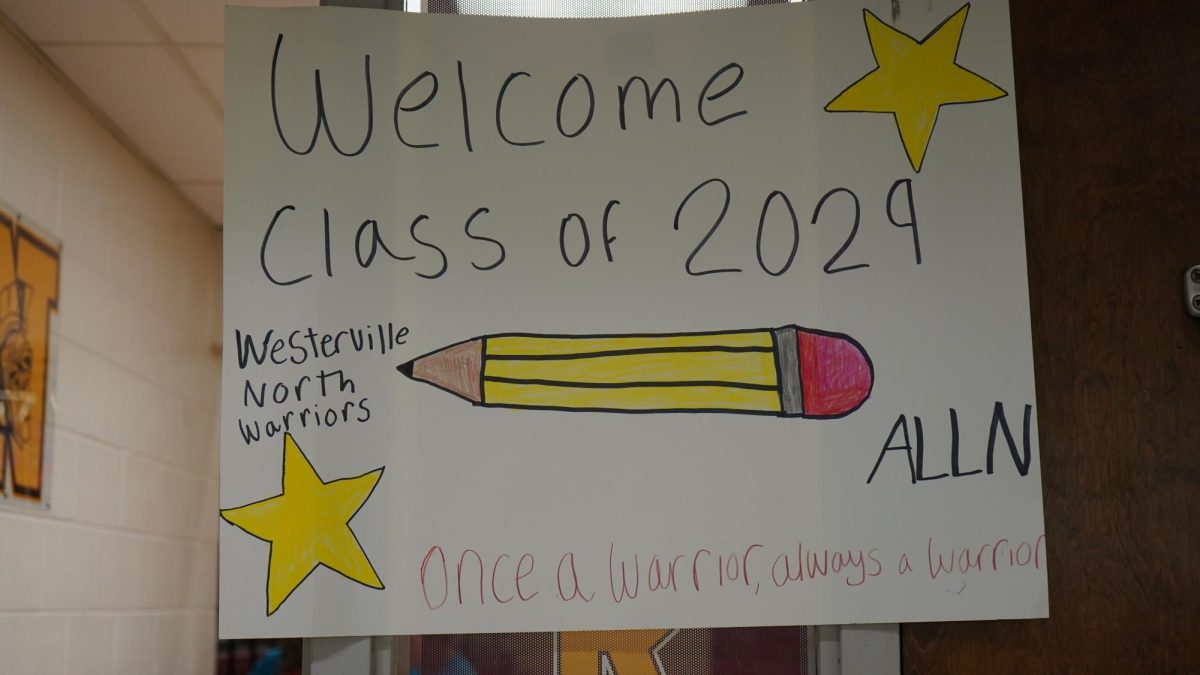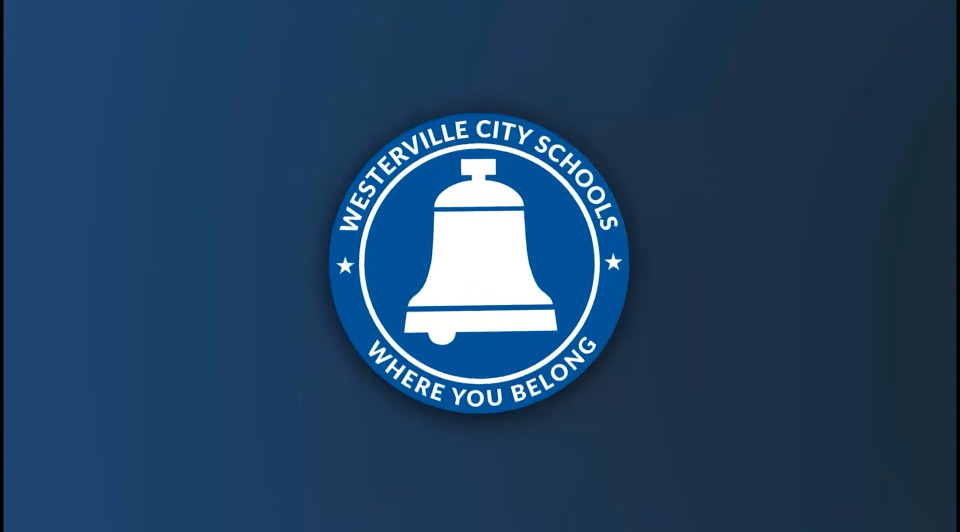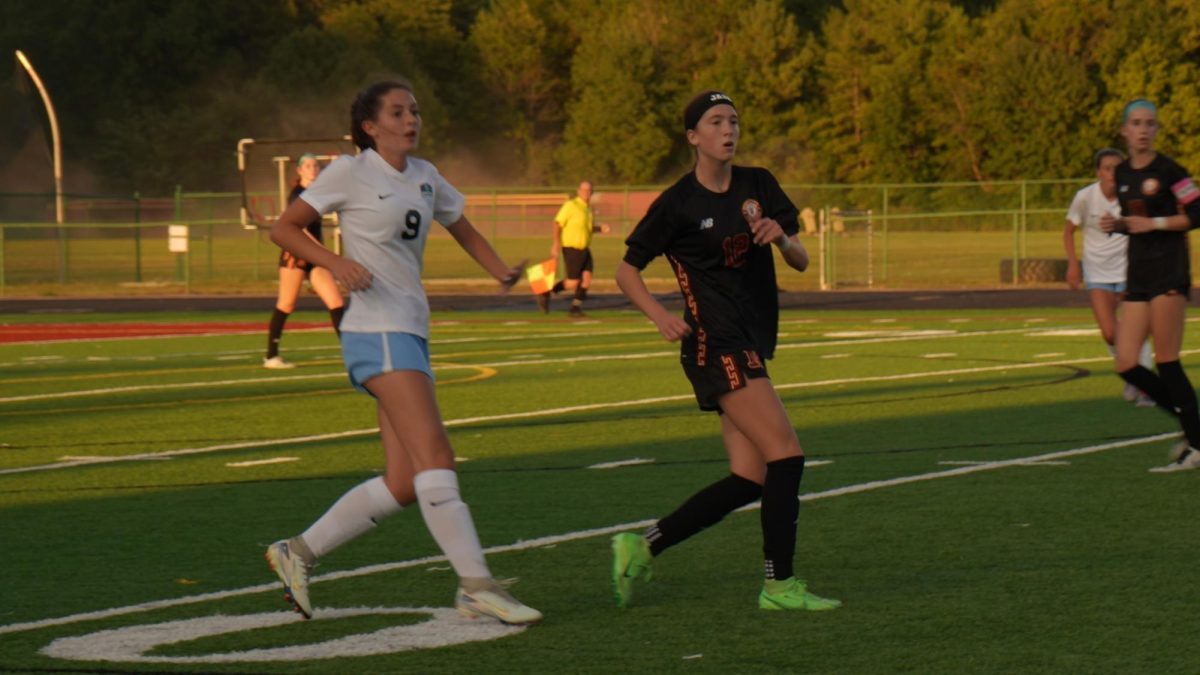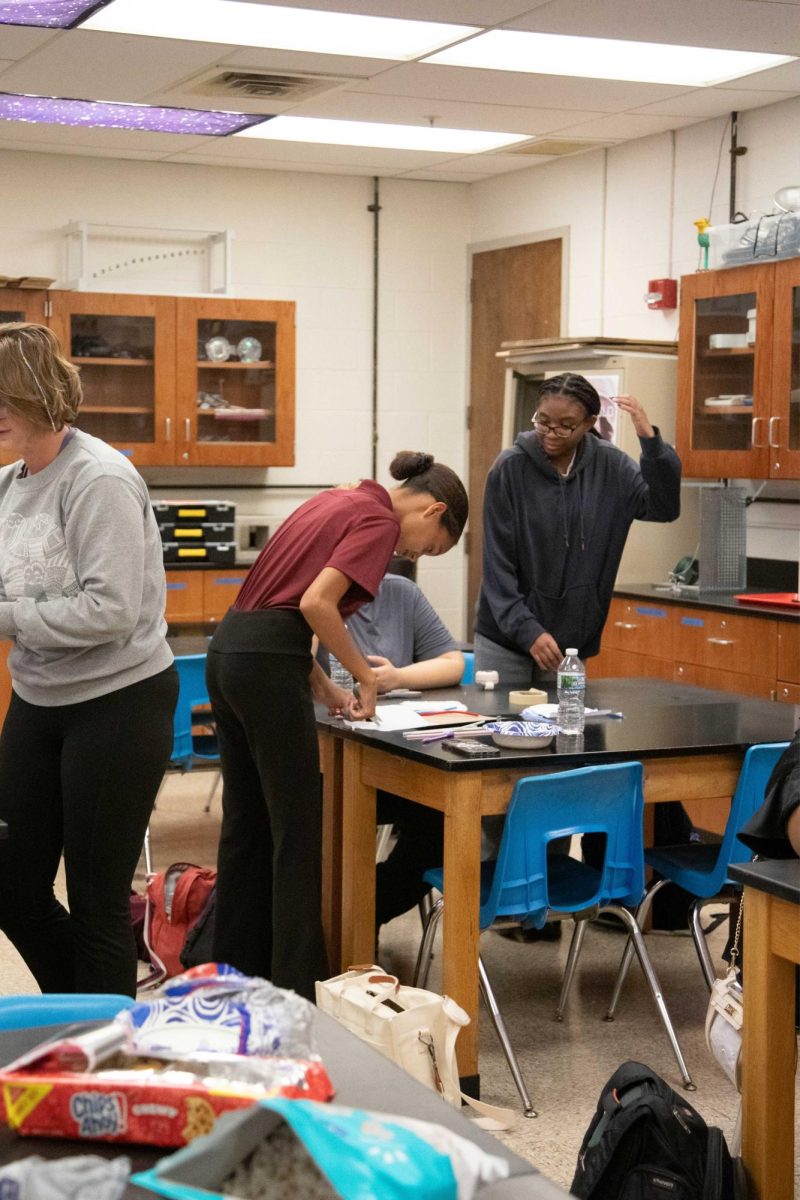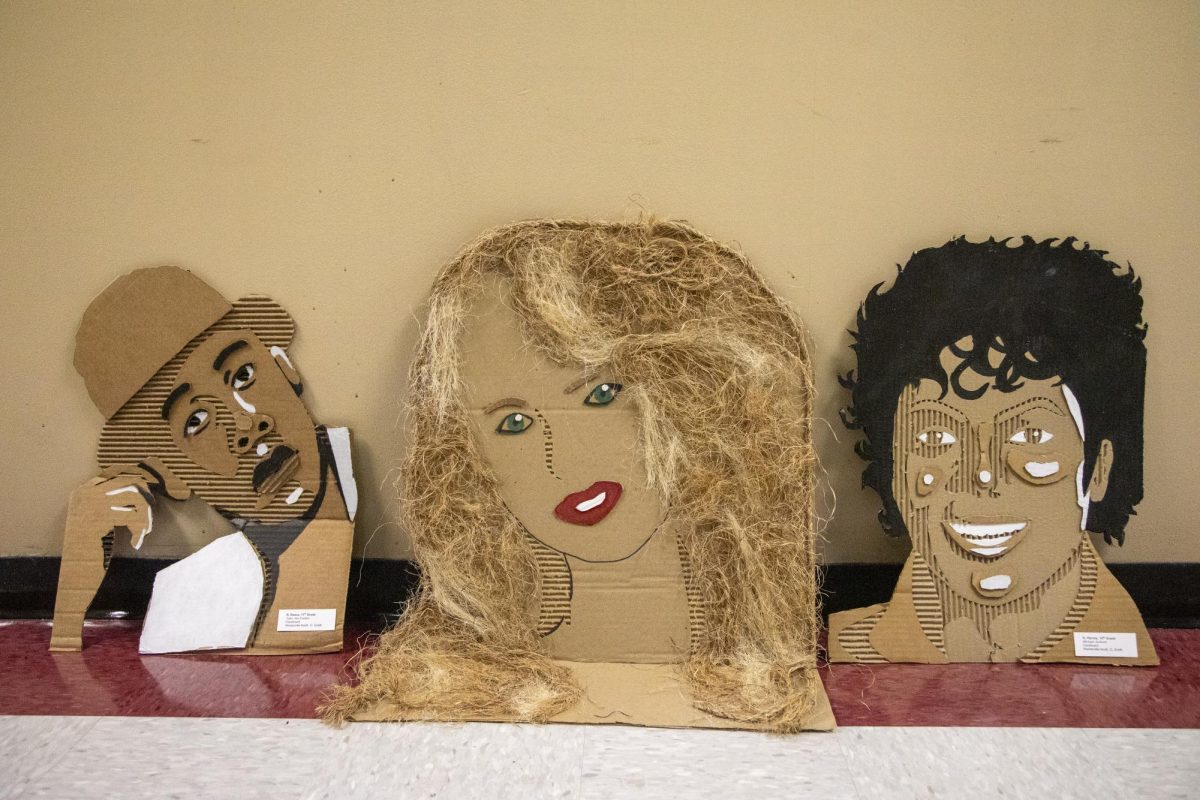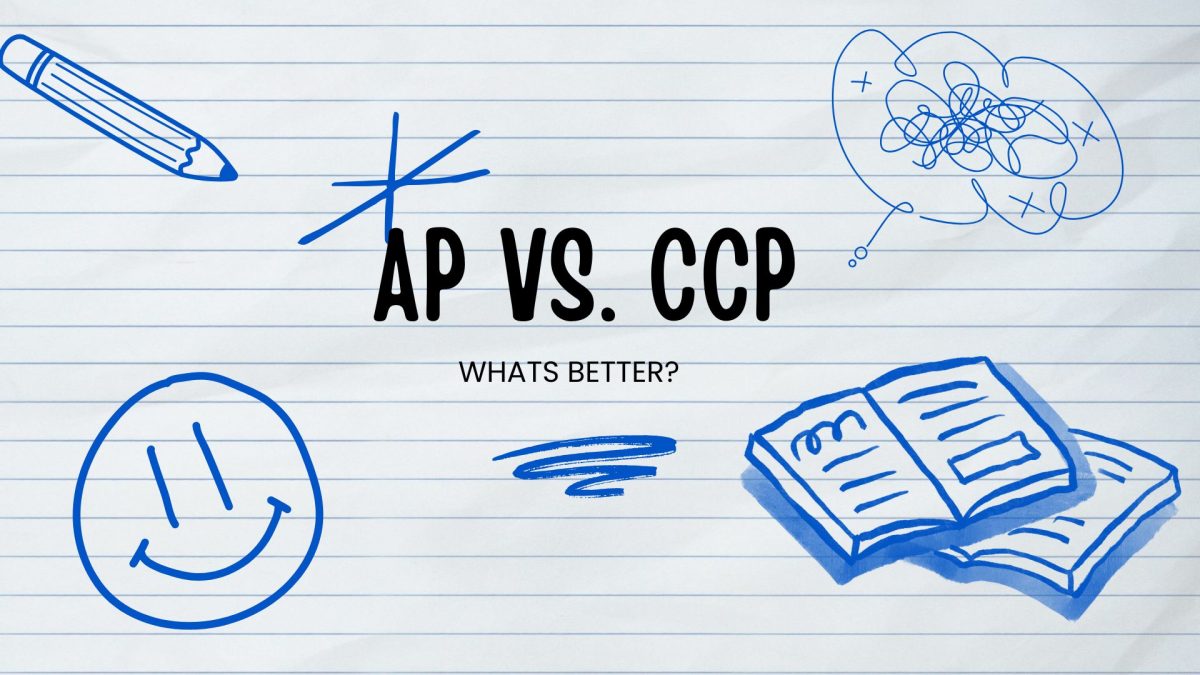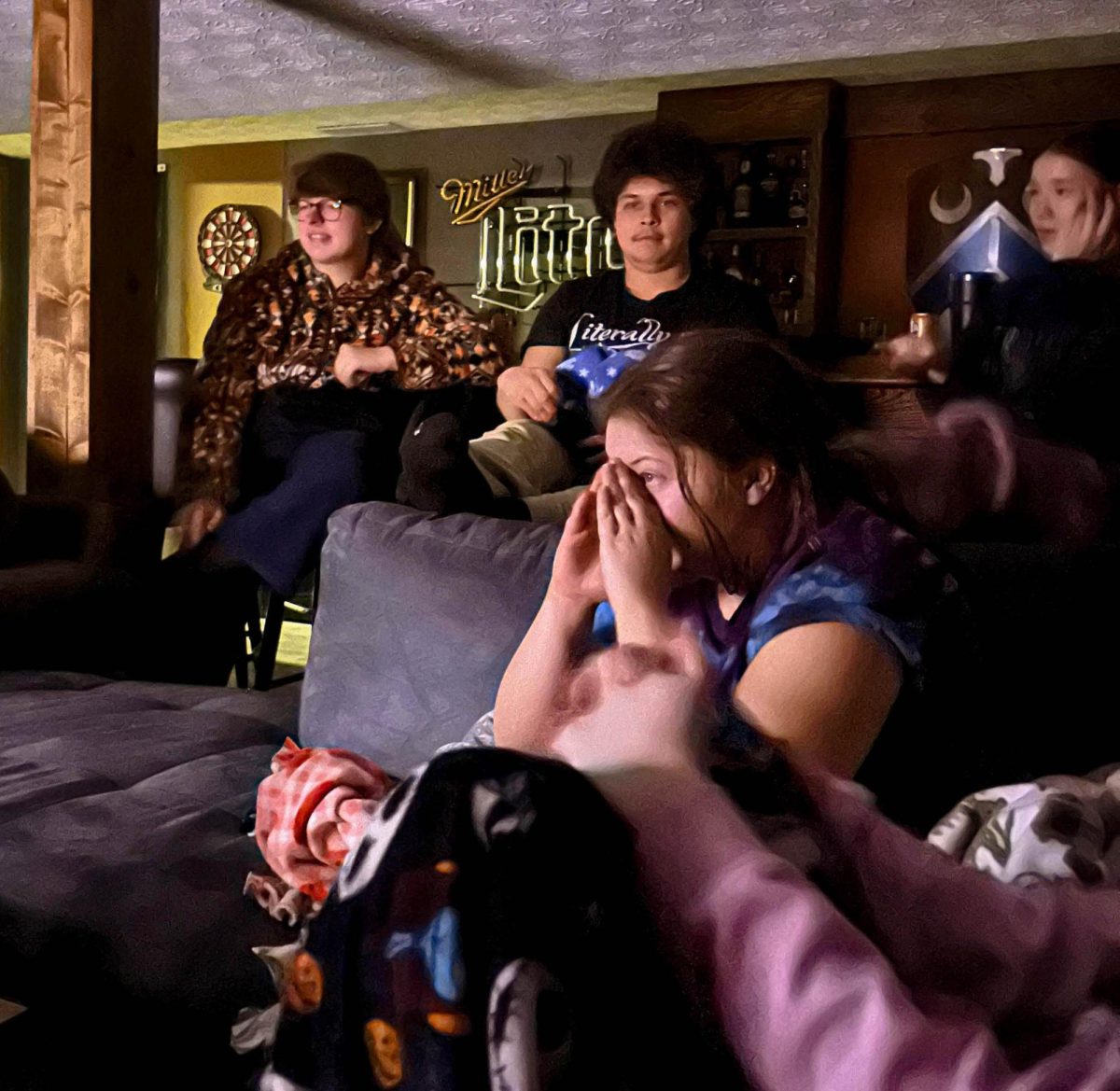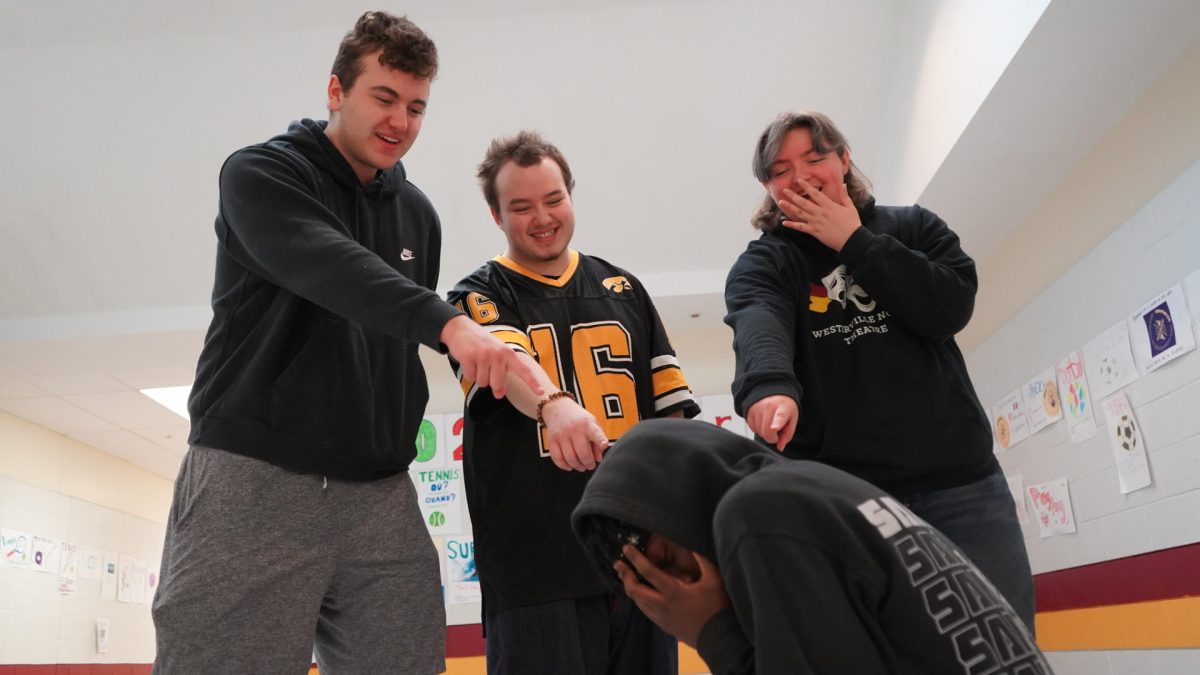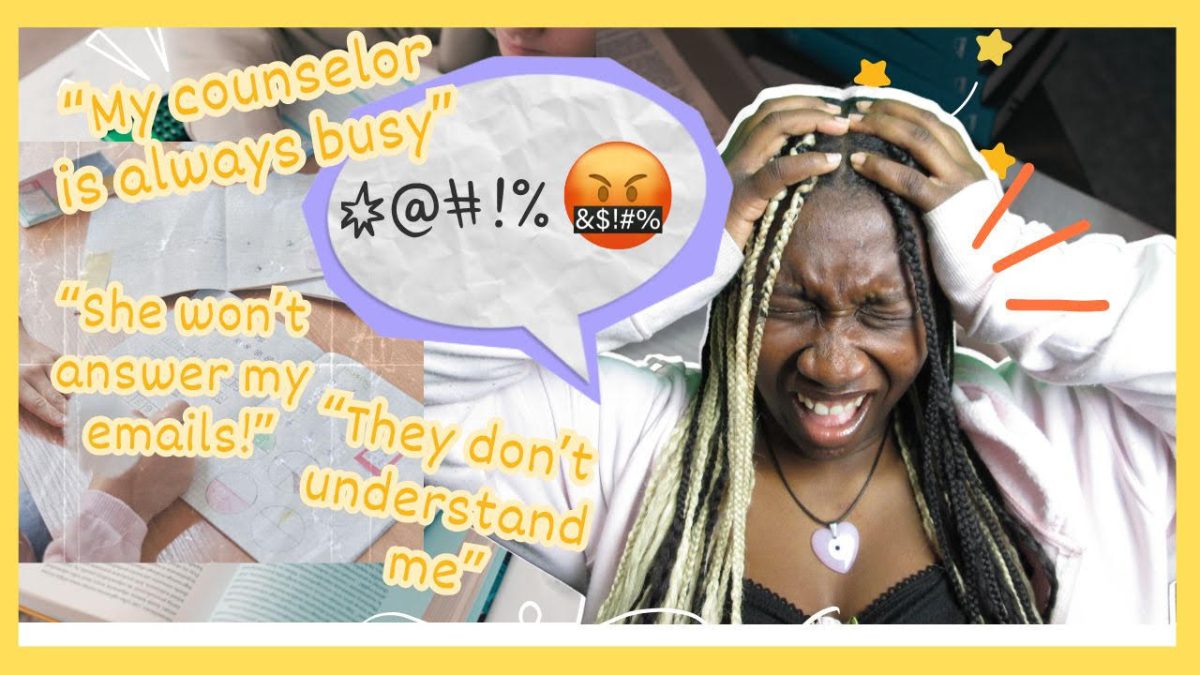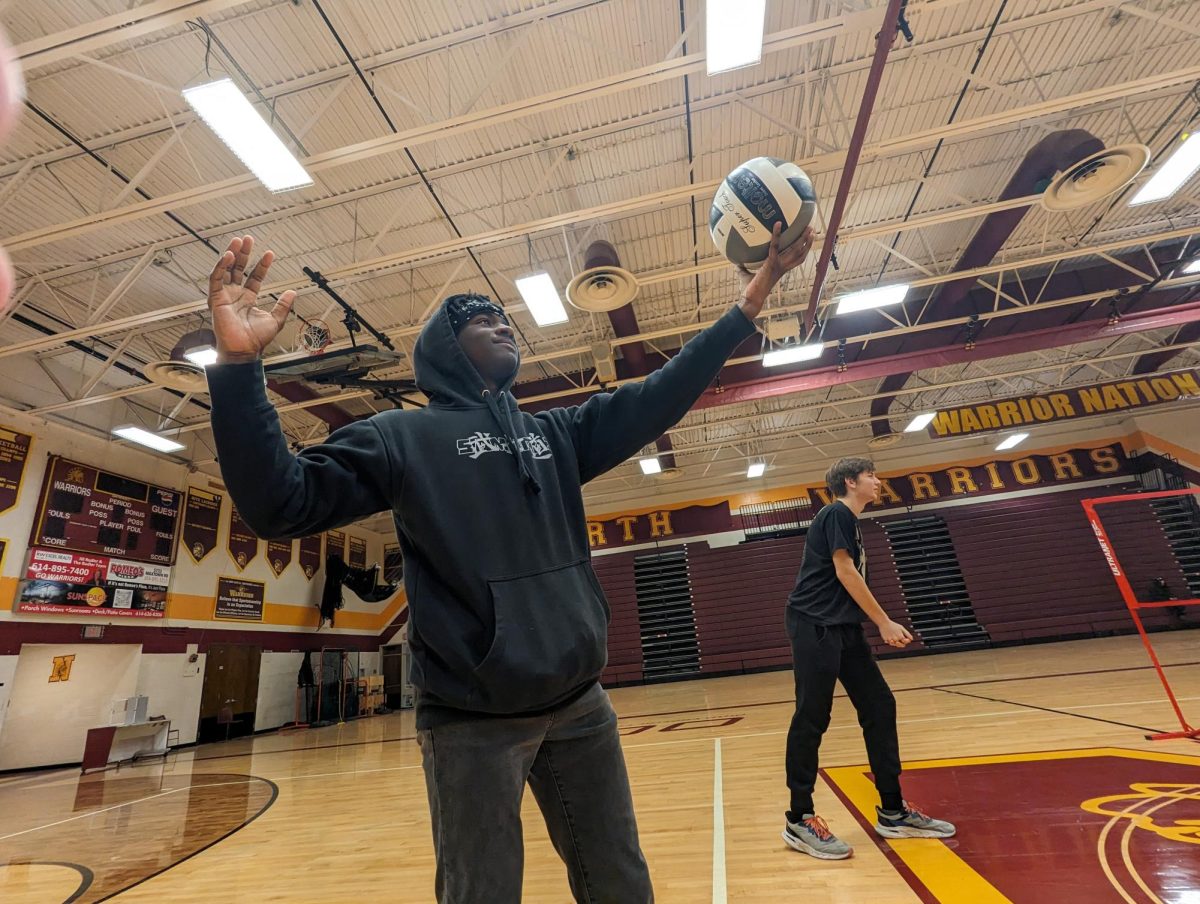Efforts to spread awareness about student violence and suicide prevention have been on an upward trend in recent years. Despite these steps, bullying remains a very prevalent issue.
An anonymous student at Westerville North shared their experiences with bullying: “[A person] would harass me in the hallways, after game club and just whenever they saw me. I’m pretty sure they have done similar things to others. They got their friends to join in on it and would purposefully try to overwhelm me. Eventually they even began to harass me outside of school as I walked by her house to get home.” This story is just one example of bullying within our school, but what exactly is the school doing to help students?
Students at Westerville North High School recently watched informational videos in an extended advisory regarding these topics, because of the requirements in legislation about violence and suicide prevention: Ohio House Bill 123, which was enacted by legislators on Mar. 24, 2021 to go into effect the 2023-2024 school year.
Known as the “SAVE” (Safety and Violence Education) Students Act, this bill instructs Ohio schools to devise strategies to promote school safety through student instruction, staff training, anonymous reporting systems and other methods. Westerville North students have been experiencing the provision of this new bill that went into effect at the beginning of the 2023-2024 school year requiring school boards across the state to provide education in suicide prevention, violence prevention and social inclusion.
The Ohio Department of Education states that Students in grades six through twelve must receive at a minimum, one hour or standard class period of evidence-based instruction in suicide awareness and prevention, safety training and violence prevention and evidence based instruction in social inclusion per school year. The two extended advisories fulfill the requirement of at least one standard class period of instruction.
Schools are also required to use a program approved by the Department of Education and Workforce and the Mental Health and Addiction Services to provide instruction over evidence-based violence, and suicide prevention and social inclusion. In the case of the Westerville Board of Education, the Sandy Hook Promise Say Something program was used for the first video students watched on Mar. 13.
This program teaches the required curriculum using its three steps of “say something”. Recognizing the signs of different warnings or threats, responding immediately and seriously and intervening by saying something. According to their website, “Sandy Hook Promise’s no-cost Say Something program teaches elementary, middle, and high school students to recognize the warning signs of someone at-risk of hurting themselves or others and how to say something to a trusted adult to get help.”
The school district also utilized the Sandy Hook Promise Start With Hello program to teach the social inclusion part of the legislation in the video seen by students on Mar. 20. This program emphasizes kindness and empathy towards others as well as discusses how to recognize signs of loneliness and respond appropriately so that students can be more inclusive to their peers.
According to their website, “Most students who committed deadly school attacks were badly bullied.” Combined, these programs work to attack the root of problems that can lead to violent attacks on schools or student suicides. They also offer insight to Westerville North students about an oftentimes difficult subject.
Among students at north, many have expressed their issues with these new policies; An anonymous student had this to say about the videos we watched in advisory “I feel like the videos did nothing besides make everyone bored and, unfortunately, nobody really cared. I wish that the same people that don’t [care] actually did something about it.” This student is not alone in their concerns, many students feel that the actions taken by the administration are simply band-aid solutions, and don’t truly address the underlying issues.
Another North student cites their experiences with anti-bullying measures taken by the school,
“I have noticed a few steps, such as posters in the hallway, but I do not see them making much of a difference. If someone wants to bully someone they will, and usually they pick targets unlikely to speak up.” Much like the first student’s concerns, this student highlights the ineffectiveness of the school’s policies and highlights how simply offering support is of no help to someone unable to seek help.


